ISO 31000 Certification Requirements: Process and Key Documents Explained
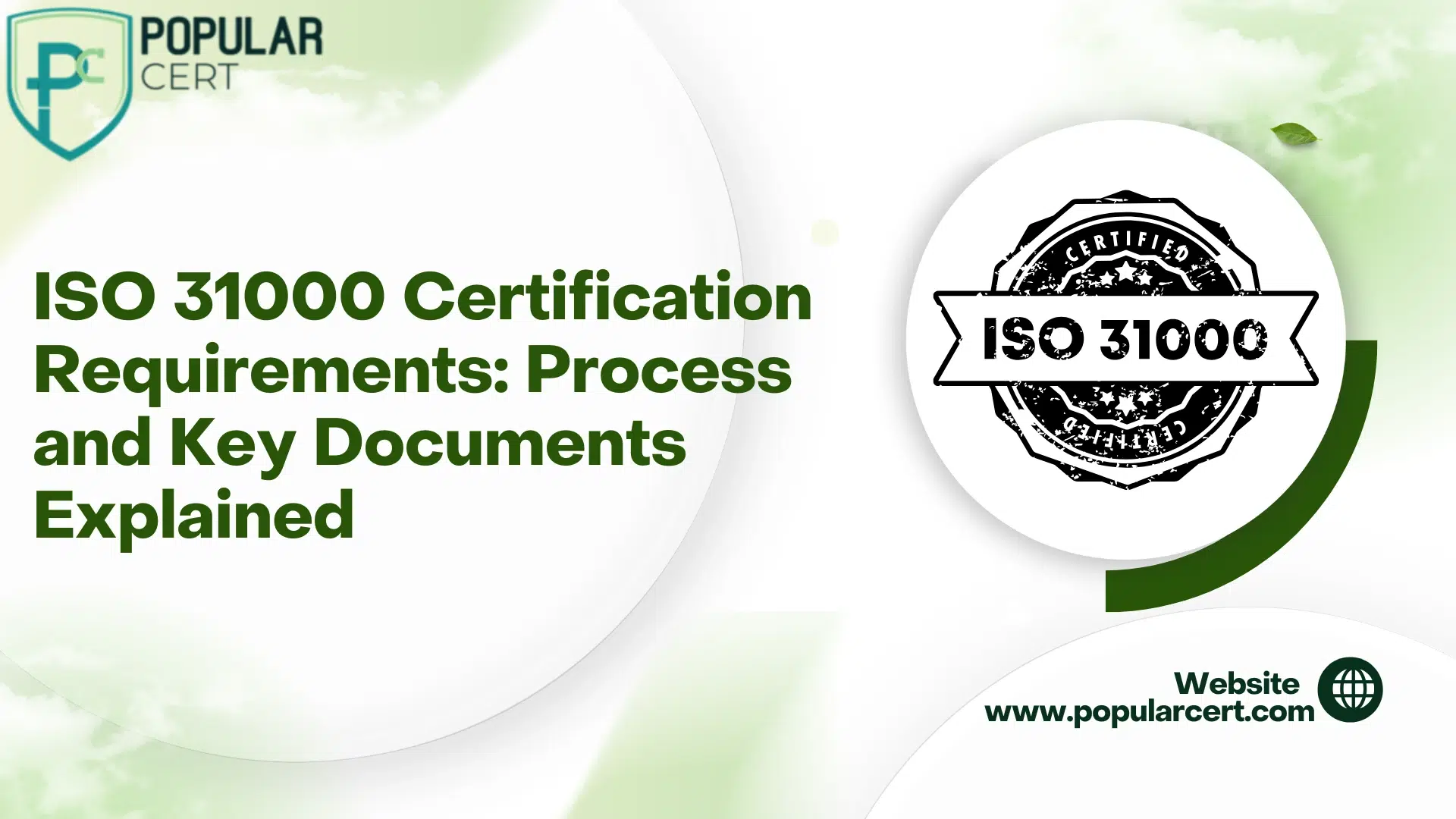
Navigating Risks in 2025: Why ISO 31000 Matters
It is a given fact that every business will operate in a state of uncertainty in such a dynamic environment. Irrespective of the business strategy in place, risks such as sudden shifts in demand, a halt in a supply chain, a data breach, or a cyber-attack will always be present. For example, a manufacturing organization might be forced to stop production if a critical piece of equipment fails unexpectedly, or a healthcare organization might face legal and financial penalties if it fails to manage the risks associated with healthcare data. Businesses need procedures and legal requirements in place to ensure risks are managed efficiently.
This is the framework that ISO 31000 Certification delivers. It equips businesses with the procedures needed to control and reduce risks systematically and make resilient and strategic business decisions. It has become a strategic necessity if businesses wish to compete and keep the trust of their stakeholders in 2025.
The Importance of ISO 31000: A Guide for Business Leaders
Approved in 2018 by the ISO committee as the global standard for risk management, ISO 31000 is unique as it is not a prescriptive standard. Unlike ISO certifications for quality (ISO 9001), information security (ISO 27001), or even ISO 27001, it does not prescribe rules: It instead provides a set of principles to be followed with a framework to be developed and implemented for the management of risks.
The most common reasons for the adoption of ISO 31000 are:
- Better decision quality: Evaluate risks in business decisions and strategize accordingly.
- Risk management effectiveness: Integrated frameworks for managing risks associated with unforeseen situations.
- Build stakeholder trust: For investors, clients, and regulators, strong risk management is a hallmark of trustable organizations.
- Develop a risk-aware culture: Employees are more active in risk identification and mitigation.
For leaders, ISO 31000 goes beyond compliance. It provides a framework for sustainable growth, allowing organizations to survive turbulent times.
Core Requirements Every Organization Must Meet
Organizations seeking to align with ISO 31000 certification must meet a few key requirements:
- Leadership Commitment: Risk management must be a component of corporate strategy and top management should provide risk management framework oversight.
- Formal Risk Management Policy: The objectives, scope, and risk principles of the organization need to be documented.
- Integration with Operations: Risk processes must be embedded within core business functions and the day-to-day operational decision-making.
- Defined Roles & Responsibilities: Each team must be accountable for identifying, assessing, and mitigating risk.
- Continuous Monitoring & Review: Ongoing risk management and its processes must be regularly reassessed and updated to ensure relevance and effectiveness.
- Proper Documentation: Documentation must be maintained as proof of implementation, enhancement, and compliance.
Achieving these requirements builds an embedded culture of proactive risk management in the organization and paves the way for certification to ISO 31000.
Step-by-Step Process to Achieve ISO 31000 Certification
To get started on obtaining ISO 31000 certification, keep in mind the following steps:
- Gap Analysis – Identify obstacles by examining current risk management frameworks in light of ISO 31000 and determining what needs to be improved.
- Set Scope and Aims – Clearly establish the bounds of the organization’s risk management system and what the organization hopes to accomplish.
- Formulate and Endorse Risk Management Policy – Draft risk management policy and get the organization’s management to endorse it.
- Involve Staff and Prepare Training – Prepare risk management documentation for personnel to instruct all employees in regard to their risk management duties.
- Identify, Analyze and Evaluate Risk – Carry out risk assessments in order to be able to evaluate the magnitude of risk and expose potential risks.
- Establish Risk Treatment Plans – Determine mitigation techniques as well as determine whether to transfer, avoid, or accept risks considering the dimensions and effects.
- Document Everything – Keep risk assessments, treatment plans, policies, and monitoring documentation.
- Internal Audit and Review – Evaluate and keep whatever processes are necessary to support an external audit.
- Complete Certification Process – Auditing by a third party that will give the organization a certification on compliance with ISO 31000.
Following these steps guarantees that the certification embodies the real change in the organization’s approach to risk management, rather than merely a formality.
Essential Documents for ISO 31000 Certification (Explained Clearly)
Documentation is fundamental to ISO 31000. Well-kept records show that compliance is achieved and that risk management is integrated into the organization’s activities. For instance:
- Risk Management Policy – States the organization’s position, risk appetite, and management principles.
- Scope & Objectives Document – Specifies the areas the risk management framework applies to.
- Risk Assessment Reports – Documented identification, analysis, and evaluation of risks.
- Risk Treatment Plans – Describe the mitigation strategies, the people responsible, and timeframes.
- Roles & Responsibilities Records – Assigns accountability for risk management tasks.
- Monitoring & Review Records – Cover performance and effectiveness of the system, and how the system can be improved.
- Training & Awareness Records – Documents staff involvement in risk management.
- Internal Audit Reports – Show self-assessment and any corrective actions taken before certification.
Having an up-to-date and complete set of these documents will lead to smoother audits, fewer non-conformities, and faster certification.
Why Choose Popularcert for Your ISO 31000 Journey
Types Of Certification
- ISO Certification
- ISO 9001 Certification
- ISO 14001 Certification
- ISO 45001 Certification
- ISO 22000 Certification
- ISO 27001 Certification
- ISO 17025 Certification
- ISO 13485 Certification
- ISO 20000-1 Certification
- ISO 22301 Certification
- ISO 50001 Certification
- ISO 37001 Certification
- IATF 16949 Certification
- ISO 29001 Certification
- ISO 31000 Certification
- ISO 20121 Certification
- ISO 10002 Certification
- ISO 41001 Certification
Get Free Consultation
Our Clients


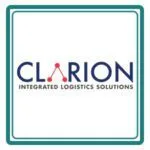
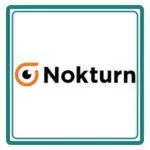


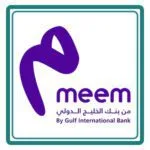

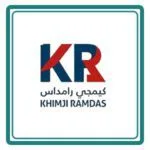


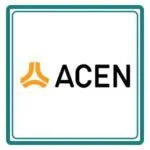
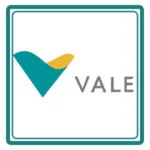





- Expertise in Consulting – Advisory services tailored to every particular industry.
- Holistic Assistance – From gap analysis to document preparation and audit support.
- Quicker Cert Process – Strategies to save time and effort while optimizing processes.
- Training & Development – Preparation and risk management training.
- Our Greatest Assets – Organizations in virtually every industry trust us to obtain ISOs.
Choosing Popularcert means your ISO 31000 journey will cost-inclusives easy.
Final Thoughts: Building Resilience with ISO 31000 and Popularcert
ISO 31000 Certification isn’t just another credential; it builds strategic and long-lasting business resilience. While tracking most essentials serves as documentation, core requirements and a strategic certification process must be followed to alleviate uncertainty.
Achieving certification and embedding a risk-aware culture in the organization can be done seamlessly with trust and partnership from Popularcert.
GET A FREE CONSULTATION NOW
FAQs
Is ISO 31000 Certification mandatory for all businesses?
No. It is voluntary but highly recommended for organizations aiming to manage risks systematically and gain stakeholder trust.
How long does it take to achieve ISO 31000 Certification?
Typically 3–6 months depending on the organization’s size, current processes, and readiness.
Can startups and SMEs apply ISO 31000?
Yes. The standard is scalable and adaptable to businesses of all sizes.
What happens if required documents are incomplete during an audit?
Non-conformities will be raised, and the organization must complete missing documentation to achieve certification.
How often should ISO 31000 documents be updated?
Regularly. At minimum, an annual review is recommended, or whenever significant changes occur in processes, risks, or organizational structure.
